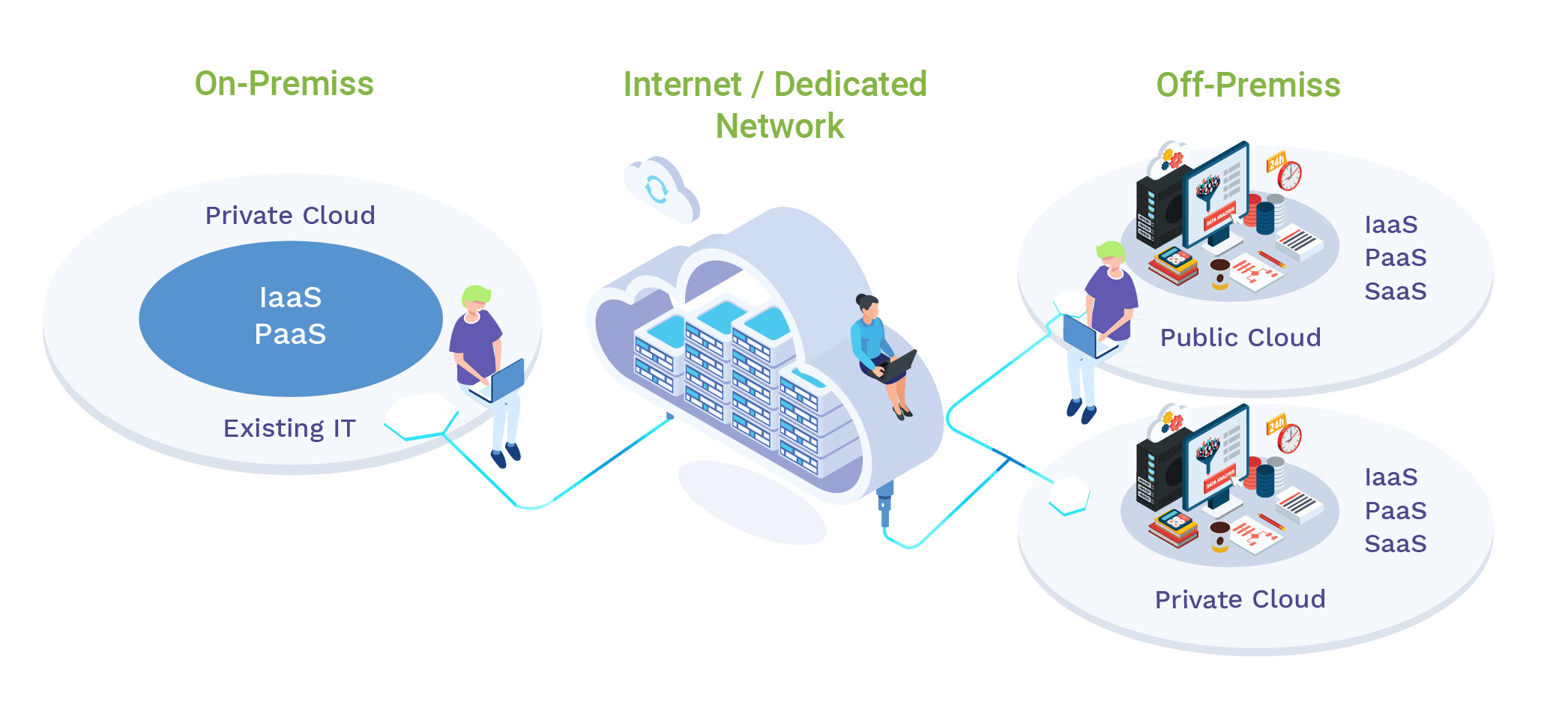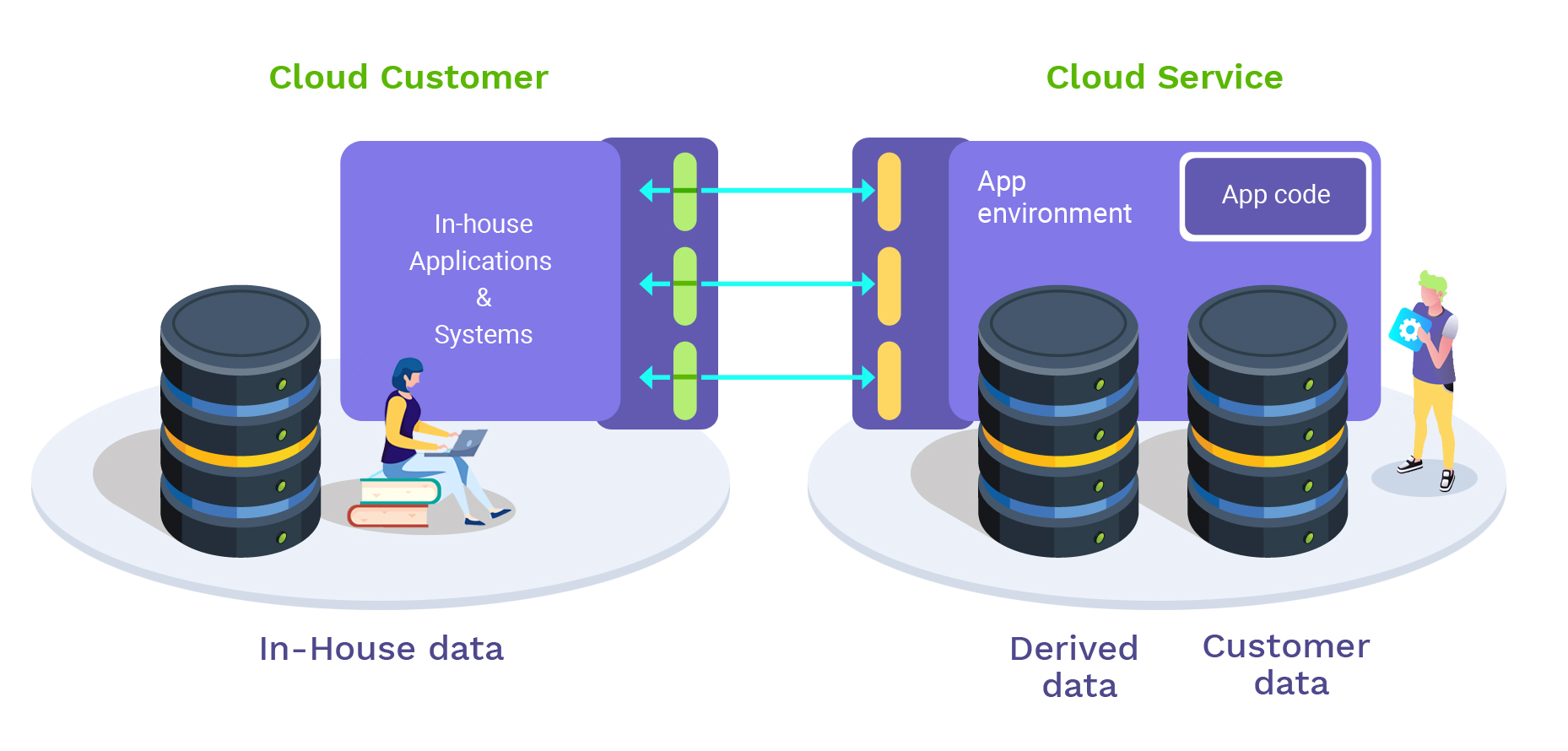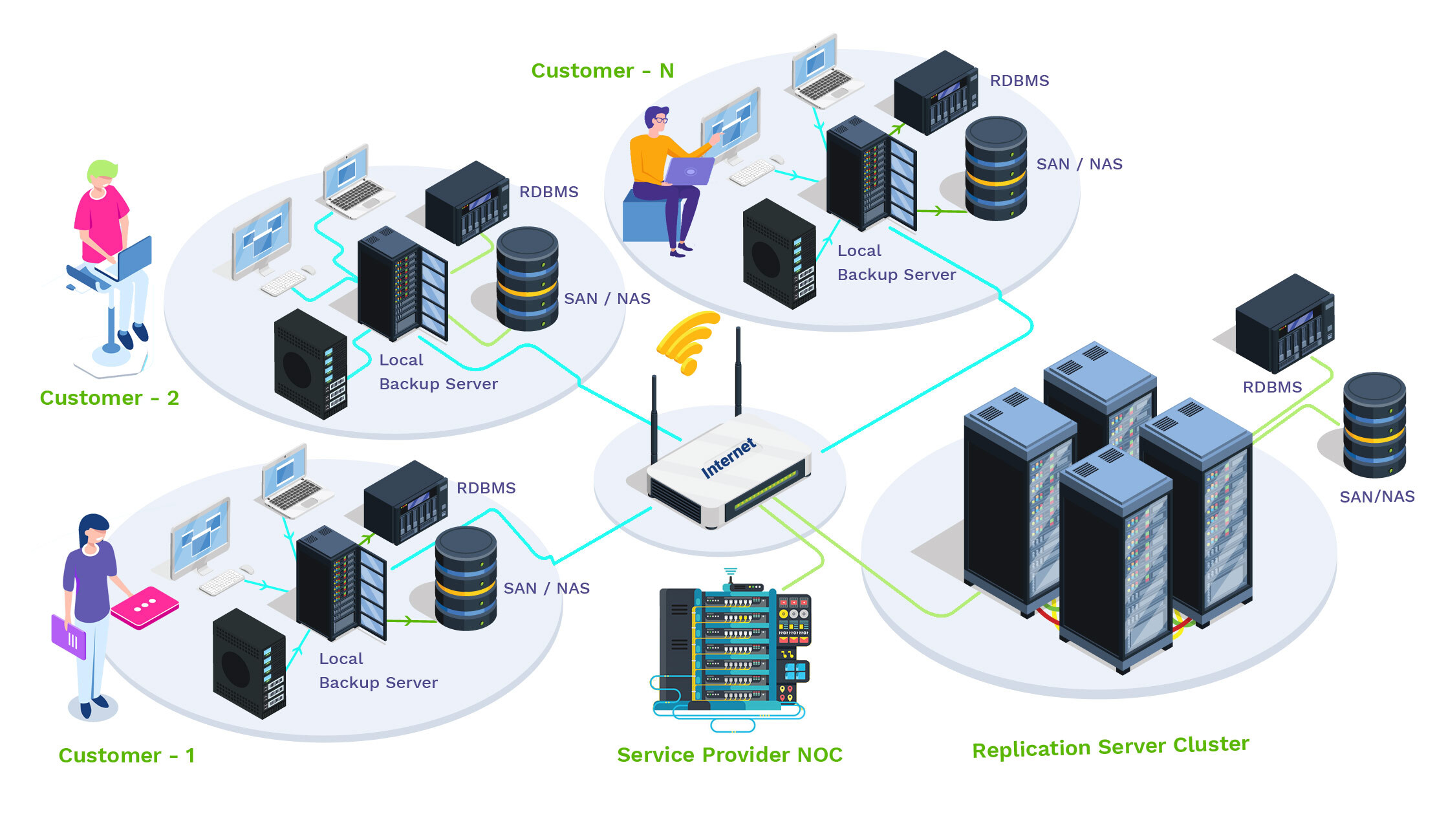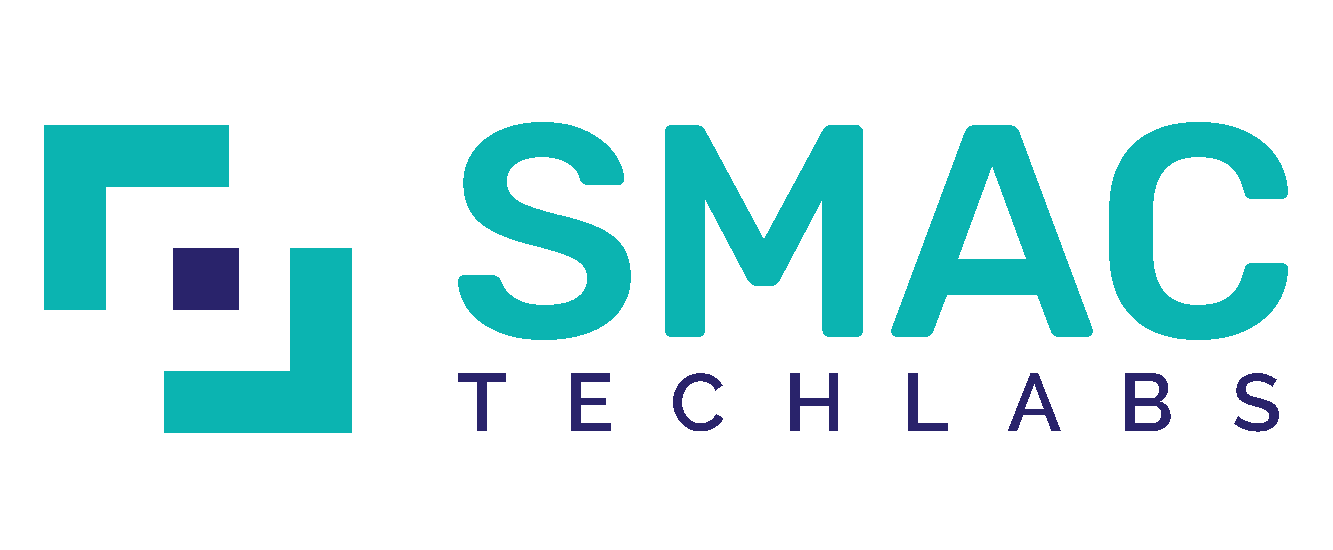Cloud
Hybrid Cloud
“A cloud deployment model using at least two different cloud deployment models”
– where the potential deployment models are public cloud, private cloud and community cloud.

There are many combinations of cloud resources that can be leveraged in a hybrid cloud deployment. These combinations can also involve a mix of different cloud service models, Infrastructure as a Service (IaaS), Platform as a Service (PaaS) and Software as a Service (SaaS). For example, a hybrid cloud deployment could combine an on-premises private IaaS cloud service with a publicly hosted SaaS application. It is also important to recognize that private cloud services could be hosted on-premises or alternatively hosted off-premises in a dedicated part of a cloud service provider’s data-center.
Most enterprises are not “born on the cloud,” therefore most cloud resources typically need to be connected to significant on-premises IT systems. For these enterprises, the most common hybrid cloud system architecture is where on-premises resources (private cloud and non-cloud) are combined with off-premises cloud resources, providing the business with a variety of new and innovative capabilities.

Integrate with
Existing Enterprise Systems
As enterprises consider their hybrid cloud computing strategy, they will inevitably face the challenge of addressing how they will leverage their existing in-house IT investment with their newly adopted cloud services. As new cloud services are deployed, the need to connect them or the applications running on them with various on-premises applications and systems becomes important.
SMAC Tech Cloud expertise team are well experienced in providing unique solutions for various hybrid cloud designs in perspective to business cases.
Back up on-premises applications
and data to cloud
Cloud backup refers to the process of storing a copy of data in an off-site location, specifically digitally. In this case, storage systems are managed by the cloud backup vendor who charges the backup customer based on storage space or capacity used, transmission bandwidth, number of user-managers, number of servers, or number of times data is accessed.

Cloud backup typically operates on a subscription basis that is billed monthly or yearly. One of cloud backup’s biggest selling points is that it’s cheaper. Cloud backup users typically see lower startup costs than those associated with setting up an on-premise backup strategy. Cloud backup makes flexibility and scalability easier as vendors automatically expend capacity as needed. Additionally, in the event of a disaster, data stored off-site is safe from damage done to the on-premise location.
At, SMAC Tech we help you to achieve the success story in managing your backup solutions of on-premises in a cost effective business case using the cloud hybrid architecture backup solutions.
Partners






